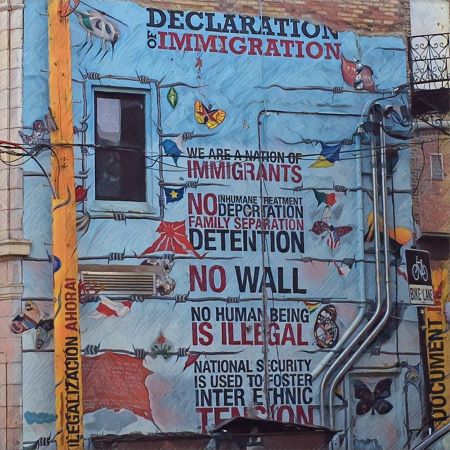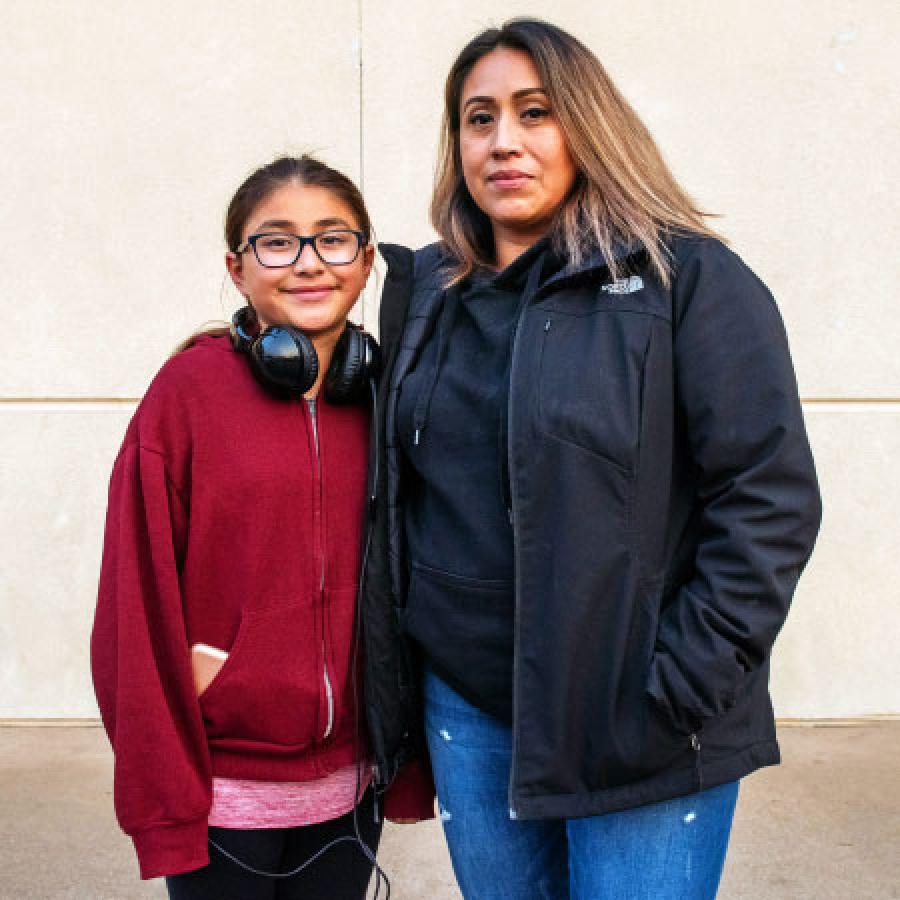Diversity index: Racial and cultural diversity create thriving and prosperous communities.
Insights & Analyses
- Racial and ethnic diversity in the US has grown steadily since 2000, with Hawaii, Nevada, Alaska, and California leading all states with the highest diversity index scores.
- Maine and Vermont continue to lag behind national diversity trends, with current diversity levels at about one-third of the national average.
- Many cities in the Midwest are becoming increasingly diverse. In Oklahoma, for instance, Oklahoma City and Tulsa, which previously ranked near the middle of the diversity index for the 100 largest US cities, are now positioned in the top 20.
Drivers of Inequity
Exclusionary immigration policies and racial segregation, forged through practices such as redlining and racially exclusive housing covenants, have historically hindered the economic prosperity of Black people and other people of color in the United States. However, immigrants and people of color are increasingly driving population growth. Population growth rates for Black, Latinx, Asian or Pacific Islander, and multiracial people far outpace growth rates for white Americans.
Strategies
Grow an equitable economy: Policies to leverage diversity as an asset
- Foster racial inclusion in governance.
- Build multiracial alliances, coalitions, and movements to advance policy change, including pro-immigrant policies.
- Dismantle barriers and build pathways to economic opportunity for boys and men of color.
- Include immigrants by ensuring access to health care, driver's licenses, in-state tuition, and municipal ID cards regardless of immigration status.
- Enact strong language access policies requiring interpretation and translation services for English-language learners and facilitate naturalization among green-card holders.
- Limit the participation of local law enforcement with Immigration and Customs Enforcement and support community-led alternatives to policing and invest-divest strategies in communities of color.
- Strengthen democracy by increasing participation of marginalized groups, expanding voting rights (and preventing rollback), and building leadership development pipelines.
- At the federal level, end the lifetime ban on public benefits for people with criminal records, ensure that releasees from federal prison receive essential identification documents and access to transition social services to support reentry, enact all-mail elections, automatic voter registration, and extended voting periods.
Strategy in Action
Chicago often ranks as one of the best cities for immigrants. In 2011, Chicago launched the Office of Immigrant, Migrant, and Refugee Rights under the Office of the Mayor (formerly the Office of New Americans). The Office aims to improve daily experiences of foreign-born residents in Chicago through services such as citizenship assistance, funding for immigrant-owned businesses, and job opportunities for DREAMers and undocumented youth. The Office includes a Language Access Advisory Committee that collects data on language access needs. It launched a 24-hour real-time interpretation hotline to ensure that communities with limited English proficiency have full access to all city functions. A 16-member New Americans Advisory Council composed of local leaders also advises the Office on policies and community engagement that impact the city’s immigrant population. According to the New American Cities Index which tracks government services and engagement as well as socioeconomic outcomes for immigrant residents across 100 cities, Chicago was the best US city at integrating immigrants in 2021. Learn more.
Photo: Renee Rendler-Kaplan on Flicker (Chicago, IL)

Resources
- Reports: Racial Equity in Our Cities; Promising Practices and Lessons from Local Communities; Providing Identification to Unauthorized Immigrants; Improved Race and Ethnicity Measures Reveal U.S. Population Is Much More Multiracial; Growing Racial Diversity in Rural America: Results from the 2020 Census; Why a MENA Category Matters; State of Asian Americans, Native Hawaiians, and Pacific Islanders in the US; A Profile of the US Latino Population, 2000-2020
- Data: DiversityDataKids.org; Black Census Project; AAPI Data; Latino Data Hub; Our Changing Population: United States


